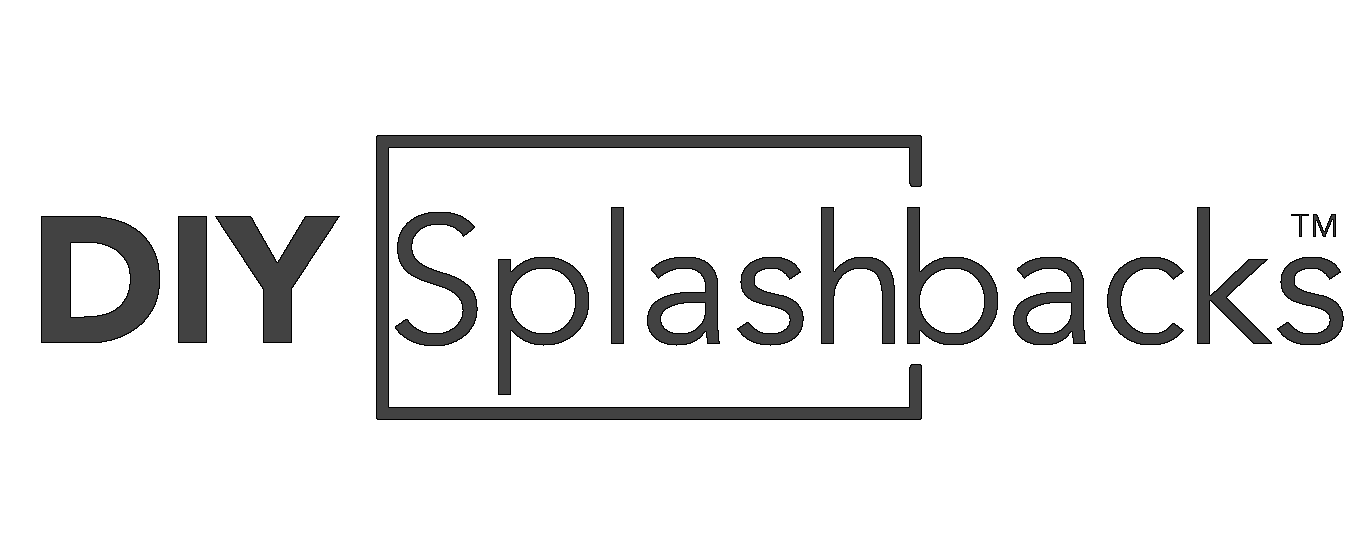Practical Luxury: Why Minimalist Design Is the New Definition of Sophistication
_1000.png)
In today’s design landscape, sophistication isn’t tied to extravagance. It’s defined by clarity, intentionality, and the intelligent use of space. Minimalism has evolved from a trend into a long-term strategy—anchored in efficiency, elevated by aesthetics, and embraced by both homeowners and forward-thinking brands.
Minimalist design doesn’t remove personality; it amplifies it. The result is an environment that feels purposeful, streamlined, and unmistakably modern.
1. Efficiency as Elegance
Modern consumers gravitate toward spaces that function effortlessly. Minimalist environments remove visual noise, helping people move, think, and live with greater clarity. Clean lines, purposeful materials, and strategic lighting generate a sense of controlled calm—and that calm has become the new luxury.
Glass features, especially seamless splashbacks, reinforce this mindset. They keep surfaces clean, sharp, and unobtrusive, letting the architecture speak for itself.
DIY Splashbacks provides high-quality glass solutions that embody this principle—precision-engineered panels that deliver impact without overpowering the space.
2. Aesthetics Driven by Restraint
Sophistication today is rooted in refinement, not ornamentation. The minimalist approach values balance: fewer elements, greater impact.
Neutral palettes, crisp edges, and uncluttered surfaces create a timeless visual language that works across both residential and commercial environments.
A single glass splashback with a soft matte finish or a reflective gloss becomes a focal point—without the need for heavy embellishment. It’s design with discipline, and the result is unmistakably premium.
3. Materials That Honor Simplicity
Minimalist design places emphasis on materials that carry their own weight—clean, durable, expressive in their simplicity.
Glass communicates purity and precision.
Stone signals grounding and permanence.
Metal reflects structure and confidence.
Glass remains a standout because of its versatility. It enhances natural light, reinforces spatial clarity, and pairs effortlessly with wood, metal, or stone.
High-end glass splashbacks from DIY Splashbacks deliver that balance of practicality and understated luxury, reinforcing the disciplined aesthetic that minimalism demands.
4. Making Space for Purpose
Minimalism enhances the purpose of every element. Instead of designing to fill a room, the focus shifts to designing to serve it.
This shift is what makes minimalist design a strategic choice—especially in compact homes, commercial workspaces, or high-traffic areas where efficiency drives experience.
A well-placed splashback can define zones, sharpen visual flow, and elevate everyday routines without adding clutter. The impact is quiet, but it’s powerful.
Final Remarks
Luxury has changed. It’s no longer defined by abundance—it’s defined by intention. Minimalist design represents a new era of sophistication grounded in clarity, quality, and strategic restraint.
With solutions like those from DIY Splashbacks, homeowners and brands can elevate their environments with materials that are clean, modern, and built for long-term performance.
In a world full of excess, true elegance is found in simplicity.
